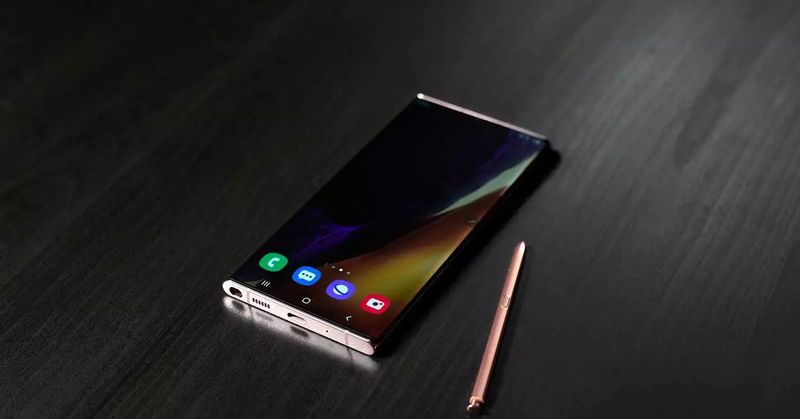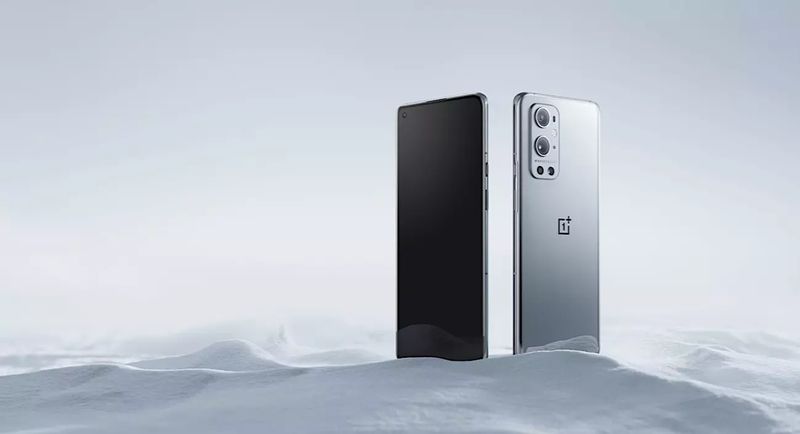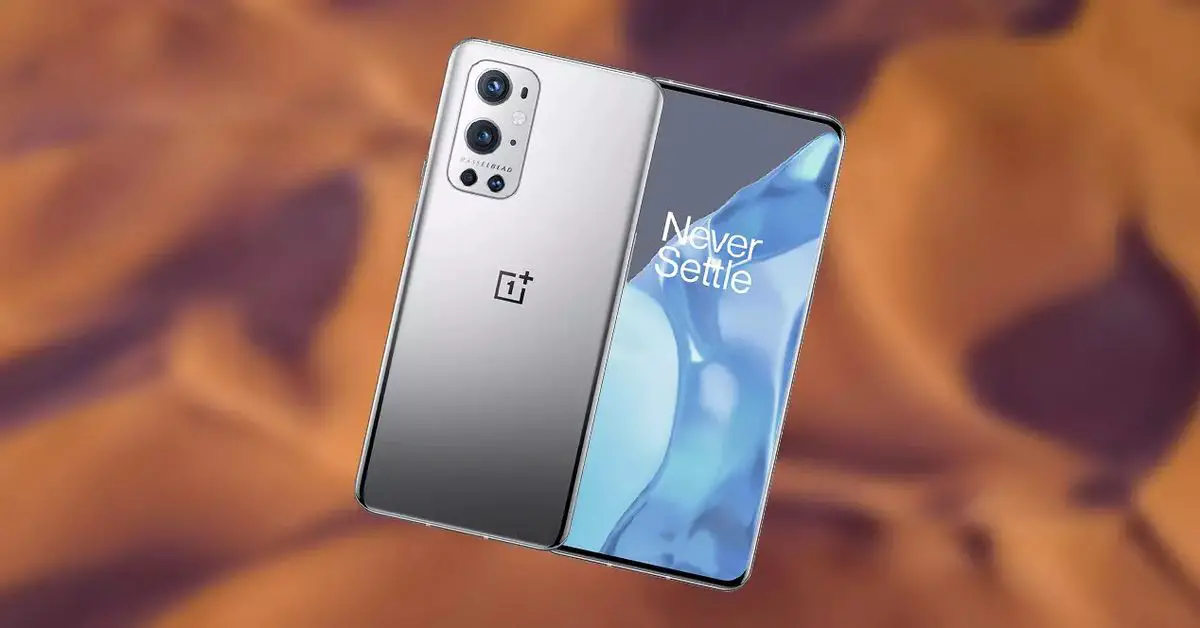In this article, we’ll talk about LTPO display technology, what is it, why these screens are so popular right now, what advantages they bring compared to OLED…
In recent months, LTPO displays for high-end mobile devices have been gaining momentum. However, it is not a new technology, but it has become popular in recent times thanks to the variability of refresh rates that it can bring to smartphones with this type of screen.
Although these are not the only advantages since they also manage to reduce the energy consumption of the screen to a large extent. For, as everyone knows, it is one of the main culprits of the phones gets to spend so much battery. But what is behind LTPO screens? That is why we bring you all its features and those phones that are already incorporating this technology.
What is LTPO display technology?
LTPO display technology is not new, but in recent months it has become popular thanks to smartphones with variable refresh rates.
LTPO stands for Low Temperature Polycrystalline Oxide and refers to a particular type of motherboard technology that is used in OLED displays. OLED displays typically use low-temperature polycrystalline silicon (LTPS) for the thin-film transistors (TFTs) that make up the display’s backplate.
However, LTPO display technology opts for a mix of TFT LTPS and TFT oxide. The latter uses IGZO (Indium Gallium Zinc Oxide) TFTs. By taking advantage of both LTPS and IGZO, displays can be produced that can vary their refresh rate.
Apple technically used this display technology in the Apple Watch Series 4, but the real benefits were not seen until the launch of the Apple Watch Series 5 with its always-on display.
Why is LTPO a breakthrough technology?
LTPO is a breakthrough because it does not require additional components between the display controller and the graphics processing unit (GPU) to allow for a dynamic refresh rate.
Although LTPO is a technology developed by Apple (for which it holds the patents), Samsung has also been working on a similar display technology that will not force it to pay usage rights to one of its main rivals.
Samsung’s version is known as hybrid oxide and polycrystalline silicon (HOP).

Advantages of LTPO screens compared to conventional OLED screens
The fact that a screen uses LTPO technology does not imply that it must be an OLED panel. The reality is that, although it is possible to create LCD screens based on this technology , the industry trend is towards the majority use of screens based on organic diodes .
Precisely for this reason, I consider it interesting to detail the advantages that an OLED LTPO screen can bring , with respect to a conventional OLED screen .
There is a belief that an OLED LTPO screen consumes less power than an OLED LTPS screen all other things being equal. But it doesn’t have to be that way. The reality is that LTPO technology introduces a variable refresh rate management system , which helps reduce the panel’s energy consumption.
And although there are mobiles with LPTS screen that offer some type of variable refresh rate , the big difference is that these types of mobiles require some type of driver in their software that is responsible for sending the necessary instructions to reduce or increase the rate. refresh rate based on screen content.
In the case of mobile phones with an LTPO screen, this is not the case: this technology does not require additional components or drivers that send the instructions to vary the refresh rate to the GPU.
“LTPO displays like the Apple Watch Series 6 or the OnePlus 9 Pro can reduce the refresh rate to just 1 Hz.”
On top of that, LTPO displays provide more “granular” control over the panel refresh rate in order to save more power. Thus, for example, screens such as the Apple Watch Series 6 or the OnePlus 9 Pro can reduce the refresh rate down to 1 Hz in certain situations, so that the content of the screen is only updated once every minute , instead once every second as would be the case with a standard 60 hertz refresh rate.
Which phones use LTPO screen?

One of the first we came across today is the OnePlus 9 Pro, which can even reduce its refresh rate to as low as 1 Hz at certain times. However, it is not the only one on the market today, since one of the most gigantic companies has also bet on this, we refer to Samsung with the Galaxy S21 Ultra and Note 20 Ultra. This phone has an imposing 6.8-inch Dynamic AMOLED LTPO screen, in which the refresh rate can vary between 11 and 120 Hz. They are not the only ones, though, as OPPO’s Find X3 Pro also joins this list.





